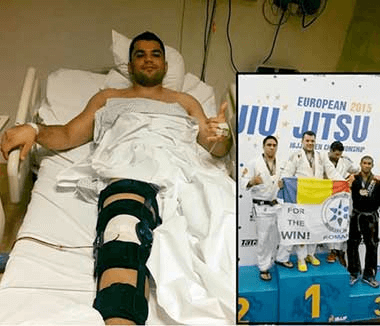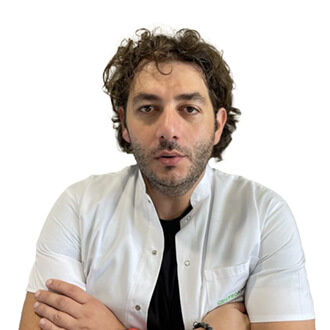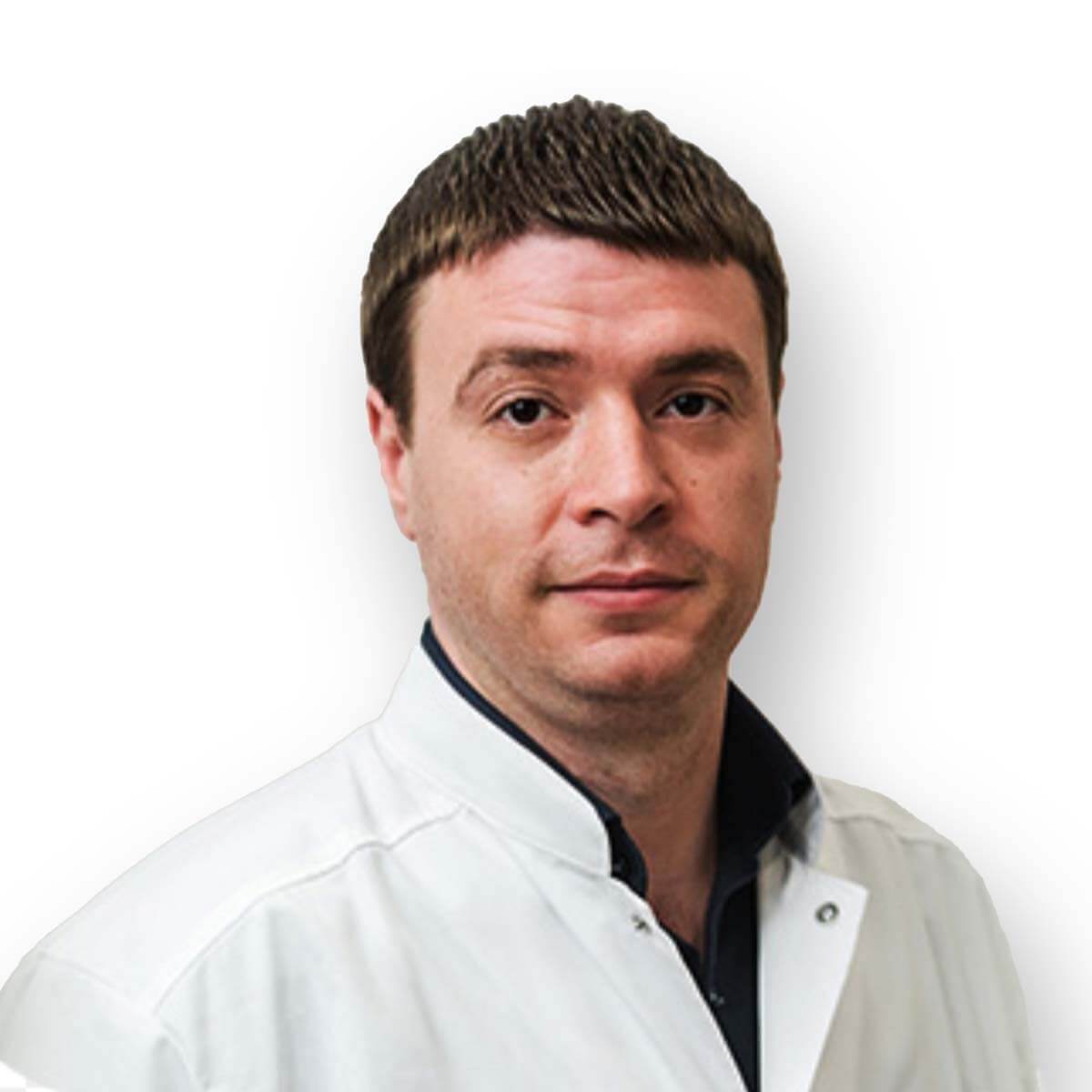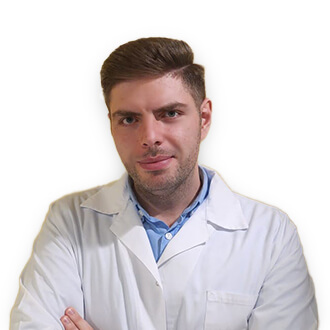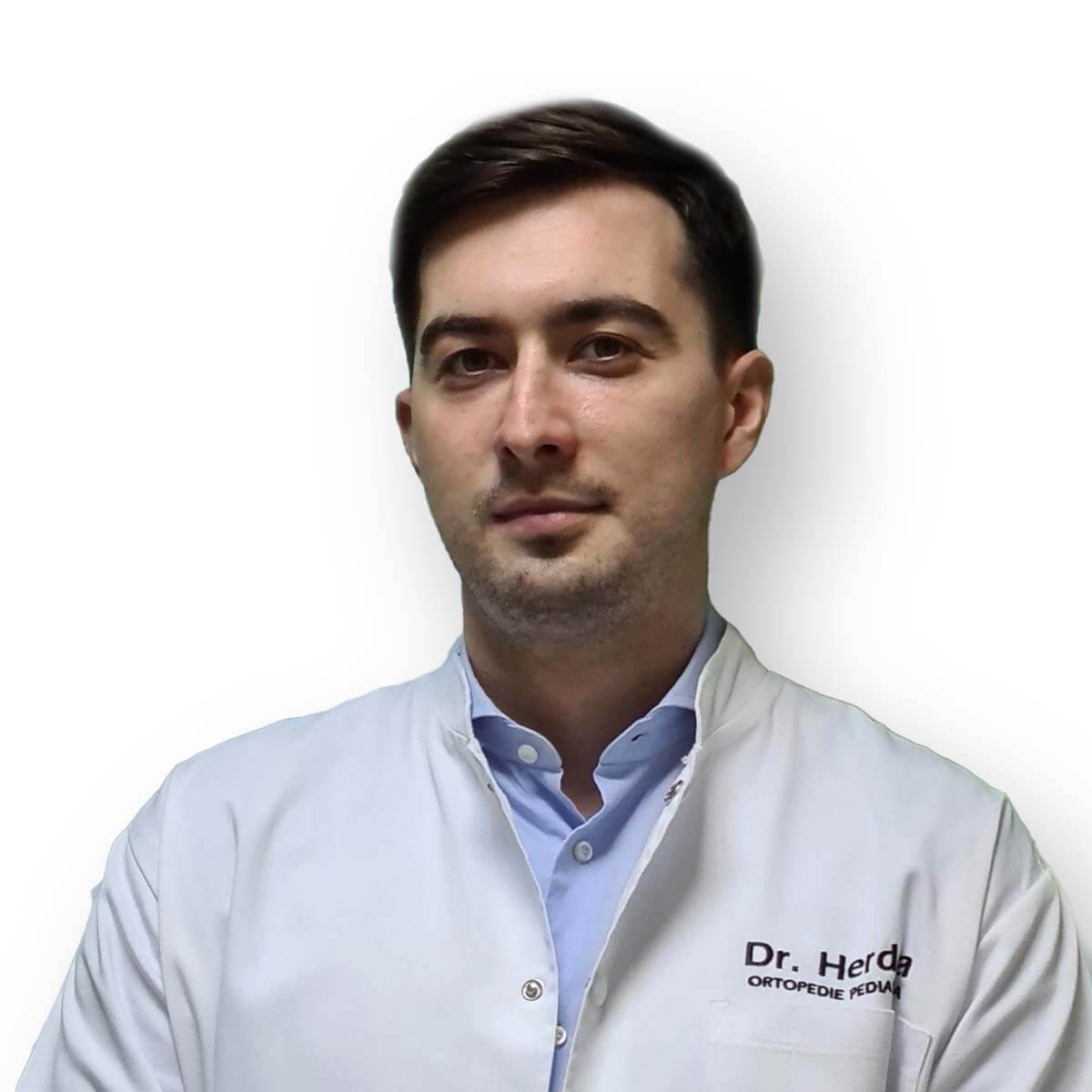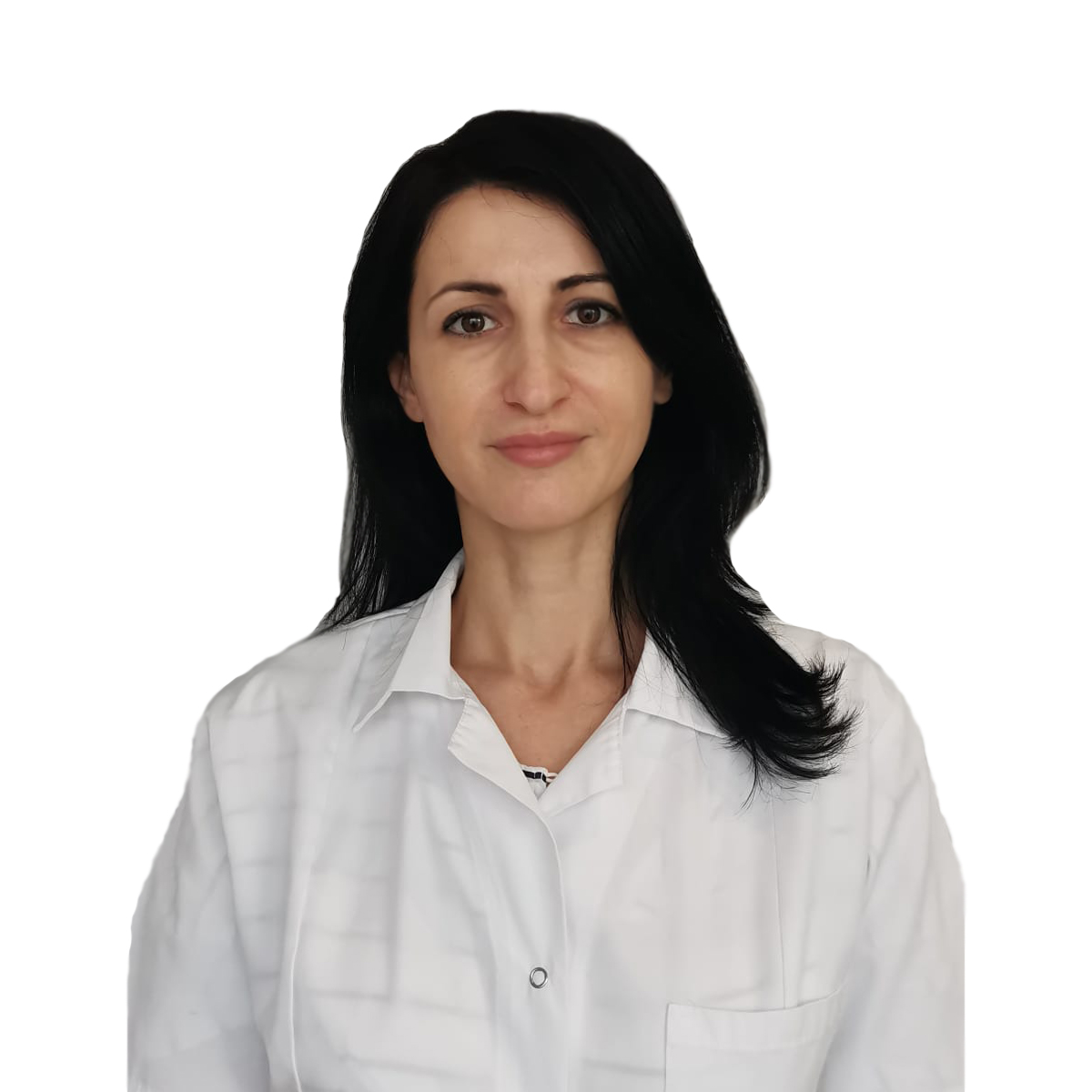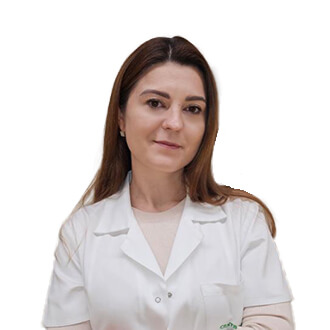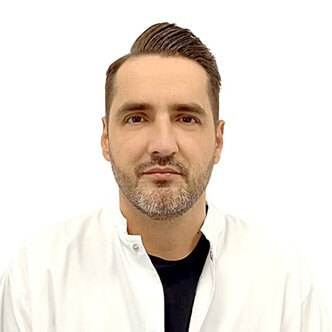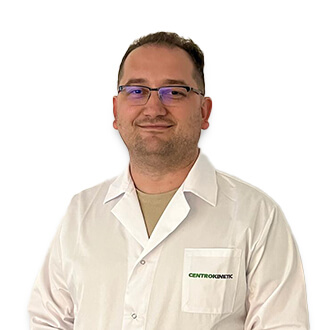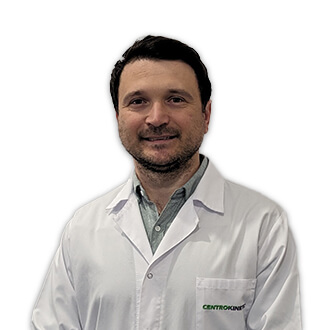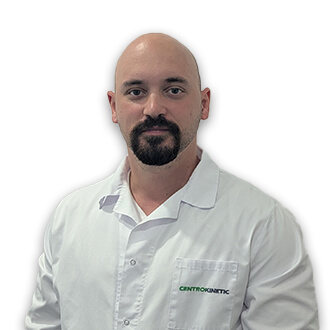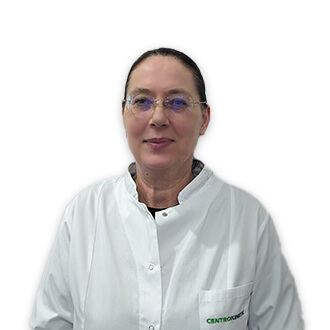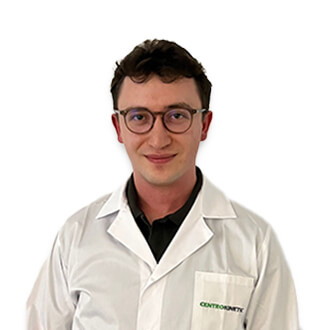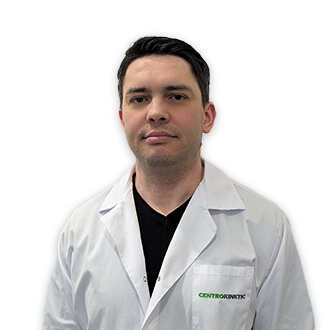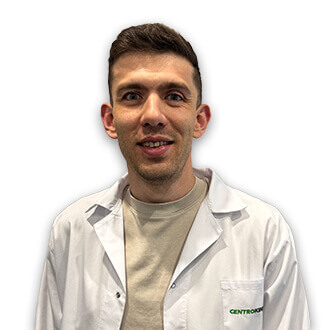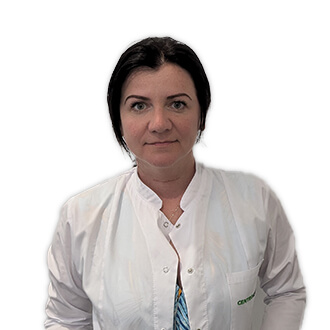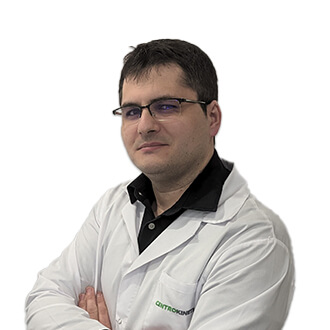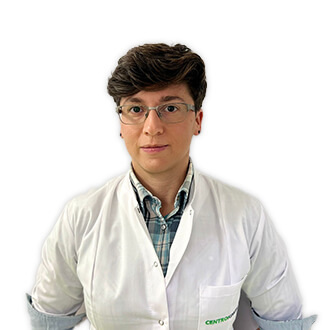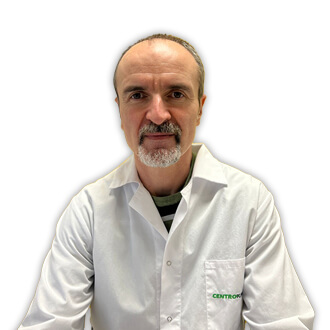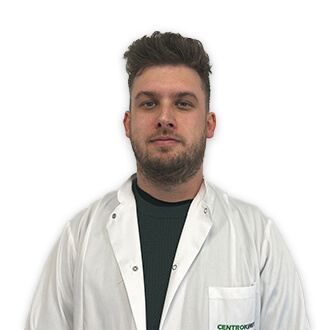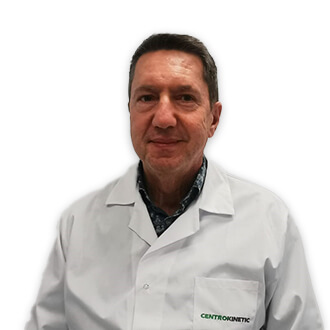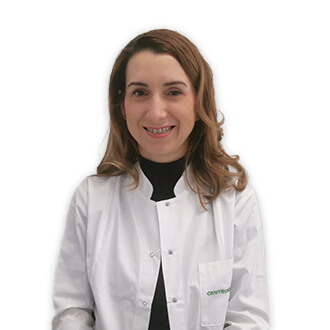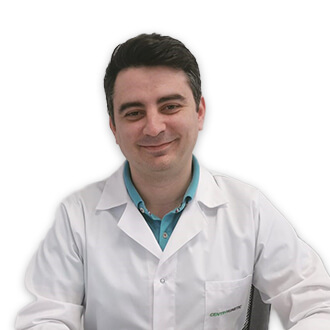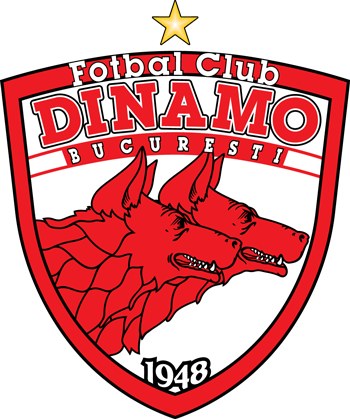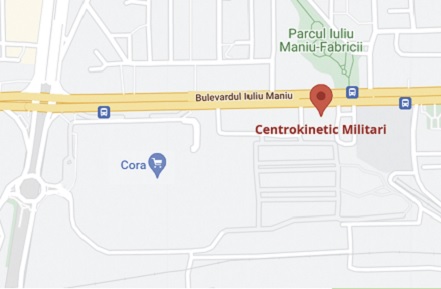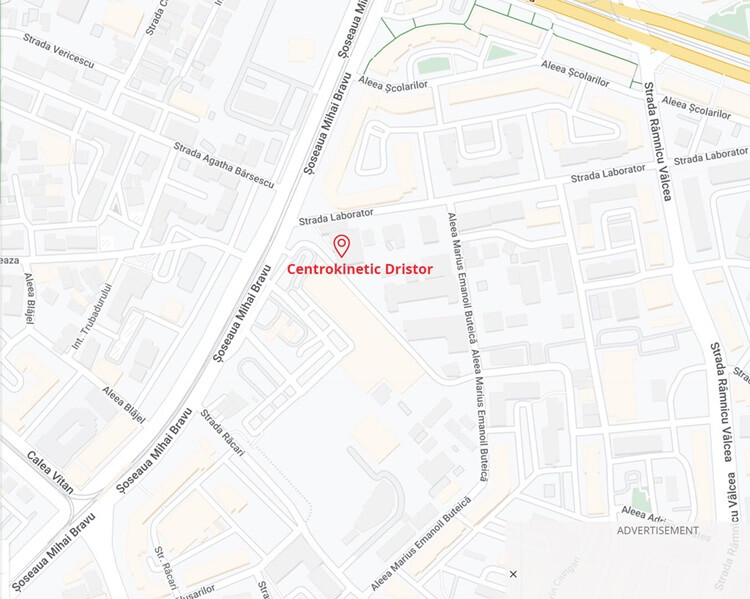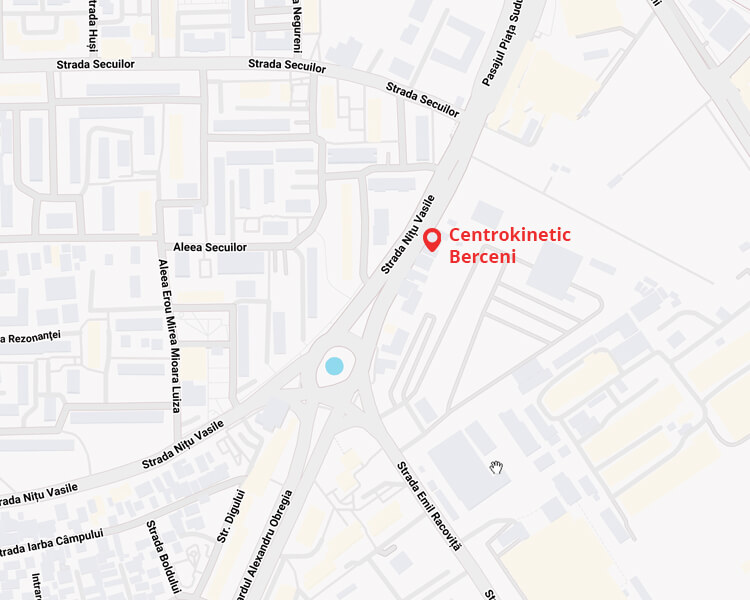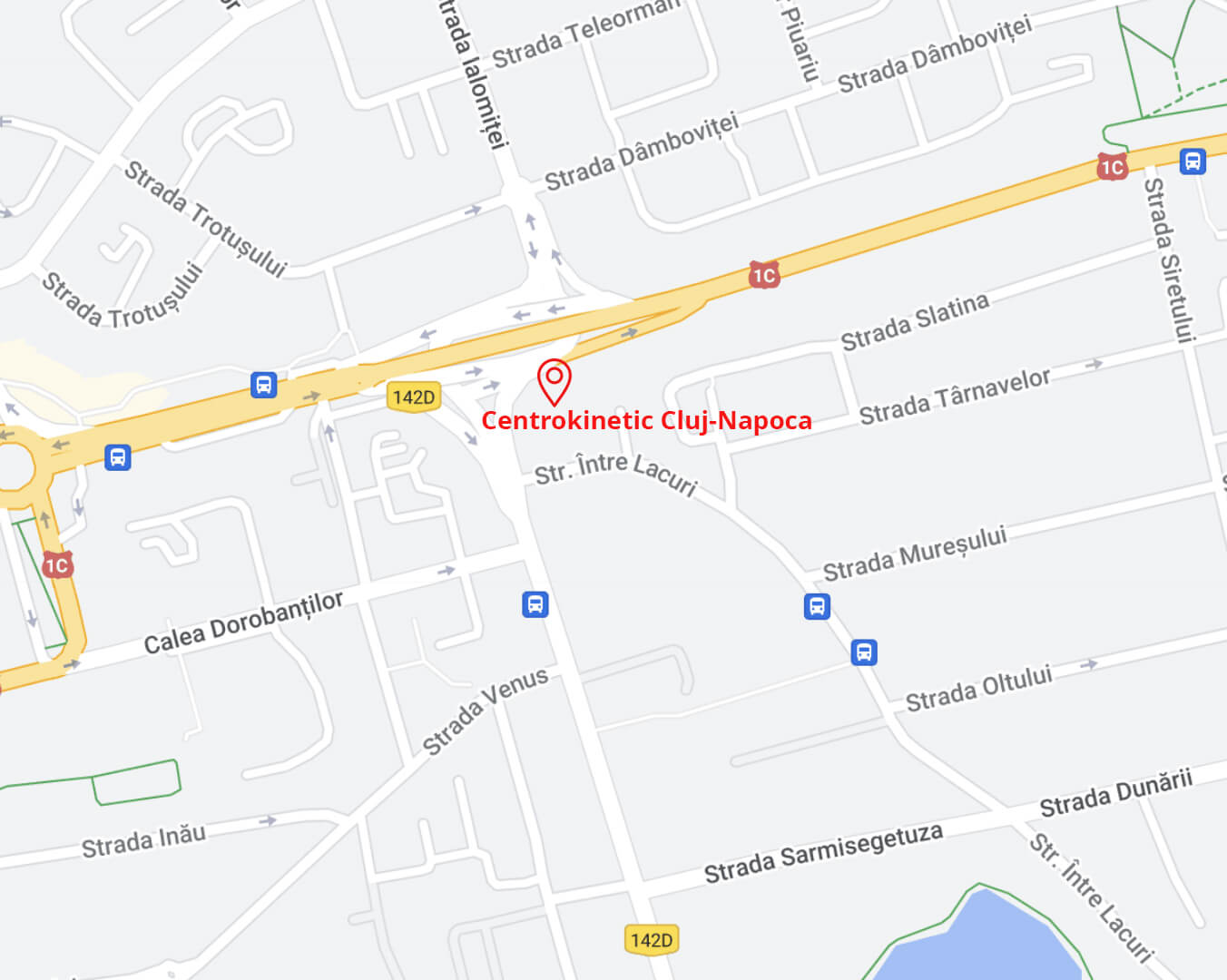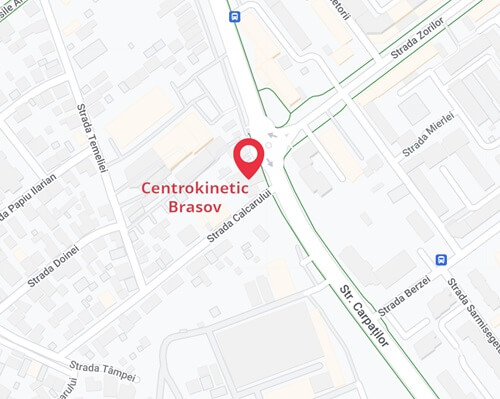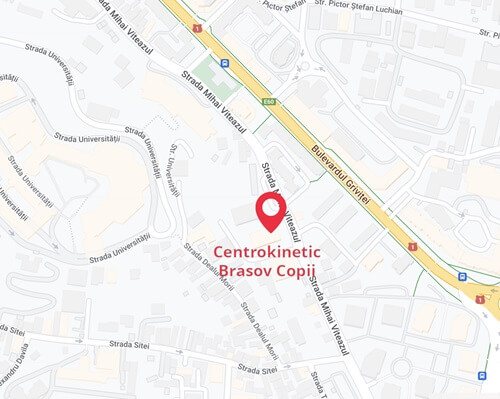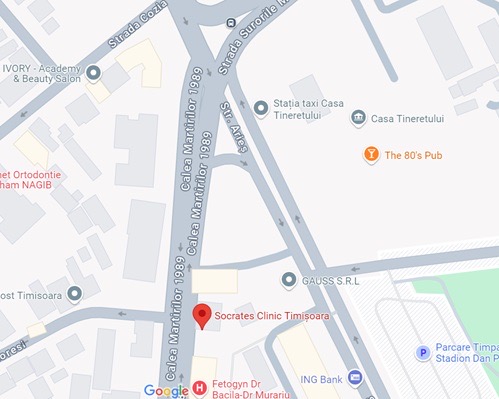See details
READ MORE
Discover the hyperbaric medicine center opened within our clinic.
Centrokinetic has the most advanced hyperbaric chamber in Bucharest, with multiple medical and anti-aging uses. The Baroks chamber has 5 seats and operates at a constant pressure of 3 atmospheres, being fully automated and equipped with protocols for each condition, allowing it to be used individually for each patient.
Hyperbaric therapy - benefits
Patients who use the clinic's hyperbaric therapy services benefit from:
- The only medically certified hyperbaric therapy chamber in Bucharest, operating at 3 atmospheres (those used for aesthetic purposes operate at 1 atmosphere and have no medical benefits).
- A safe medical procedure, with no radiation, no pain, and no side effects. The chamber provides complete protection against the transmission of Covid-19, as each patient uses an individual mask during therapy, with breathing movements performed only through this pressurized mask.
- A specialized medical team consisting of rehabilitation doctors, orthopedists, rheumatologists, neurologists, and neurosurgeons. In other words, a multidisciplinary team specialized in all conditions that can be treated through hyperbaric therapy.
- Premium conditions at an affordable and fair price. Our clinic is known for the conditions we provide and for the care we give each patient. However, there is no need to pay exorbitant prices to access quality medical services. At Centrokinetic, you will find an affordable and fair price. It should be noted, however, that we do not have a contract with the National Health Insurance House (we do not offer state-covered services).
Centrokinetic is in constant collaboration with prestigious clinics and universities from Belgium, the Netherlands, France, and Greece, in order to continuously update treatments and provide patients with the best medical solutions.
Diving accidents
Diving accidents are incidents that may occur during dives, being specific to this activity, and they always have an emergency nature.
Brief history
- 1667: English physicist and chemist Robert Boyle (1628-1691) was the first to discover the symptoms of decompression sickness. After decompressing a snake, Boyle observed the formation of air bubbles in its eyes.
- 1845: Traussort, a physics professor at a high school in Angers, France, was the first to study the effects of air compression on the human body by participating in his own experiments. The results were published in a report in the Bulletin of the Industrial Society of Angers.
- 1861: The Frenchman Boucquay, a student at the University of Strasbourg, presented a doctoral thesis titled “De l'air comprimé” (“On Compressed Air”), in which he described the effects of air compression on the body and introduced for the first time the concept of slow decompression. He also mentioned, in the same thesis, the first example of a soda water bottle.
- 1867: French engineer Triger, inventor of the working caisson, observed that caisson workers’ accidents—called decompression sickness or caisson disease—occurred when the body exposed to high pressure was decompressed too quickly. In a report published in the Annals of Bridges and Roads, he recommended that “decompression” of caisson workers should last at least seven minutes, claiming that in this way the accidents would disappear completely.
- 1869: Naval doctor A. Le Roy de Mericourt, who studied the physiology of diving in the Indian Ocean and the Mediterranean Sea, published a specialized report titled “Considerations on the Hygiene of Sponge Divers.” He observed that “the disorders that appear in divers occur when air bubbles enter cerebral circulation.”
- 1873: Dr. Andrew H. Smith presented a report showing that during the construction of the Brooklyn Bridge in New York, caisson workers suffered numerous accidents due to caisson disease, and because of their bent posture, the symptoms were called “bends.”
- 1878: Paul Bert, a physician and professor of physiology at the Sorbonne, based on previous observations, concluded that caisson disease is identical to the problems experienced by divers. He studied the various components of air and observed how animals reacted to decompression and compression. His conclusions: beyond about 15 meters, pure oxygen becomes toxic, but when mixed with nitrogen, the limit depth is around 120 meters; nitrogen is poorly soluble in blood at atmospheric pressure but becomes increasingly soluble with depth; if ascent is too rapid, nitrogen is released as bubbles causing tingling and joint pain; if these bubbles block blood vessels, gas embolism occurs, which can lead to paralysis or even death. Thus, Bert concluded that returning to normal pressure must be gradual to allow nitrogen to be eliminated progressively. He also mentioned for the first time the necessity of using pure oxygen to reduce decompression time.
- 1897: James Lorrain Smith studied the toxic effects of oxygen on lung alveoli when inhaled at higher partial pressures (Lorrain Smith effect).
- 1908: English physiologist John Scott Haldane formulated the first precise rules for ensuring the progressive ascent of divers to atmospheric pressure. After numerous experiments with goats, Haldane theoretically established, using mathematical equations, a stepwise decompression procedure with several stops depending on depth and duration, later known as “Haldane’s tables.” If a diver was forced to surface rapidly, he had to immediately dive again or be recompressed in a special chamber and decompressed slowly according to the same tables. These were published by the “British Admiralty Deep Diving Committee.” Modified several times since, Haldane’s tables have been adopted by most countries, and their principles remain valid today.
Causes
The causes of diving accidents are mainly due to the following factors:
- lack of knowledge about the effects of pressure on the human body;
- non-compliance with diving rules;
- insufficient knowledge of equipment;
- improvised modifications to diving equipment or procedures;
- overestimating the diver’s capabilities;
- lack of knowledge of the aquatic environment;
- lack of practice and training.
Types of Diving Accidents
Diving accidents can be classified into four main groups:
- physical-mechanical accidents – accidents caused by the mechanical effects of pressure (pulmonary overpressure, barotrauma, and diver’s colic);
- biophysical accidents – accidents caused by the biophysical effects of pressure (decompression accidents);
- biochemical accidents – accidents caused by the biochemical effects of pressure (nitrogen narcosis, hyperoxic crisis, carbon dioxide poisoning, and hypoxia);
- other diving accidents (hypothermia and drowning).
1. Physical–mechanical accidents: these are accidents caused by the mechanical effects of pressure and mainly affect the lungs and pneumatic cavities (middle ear and sinuses), as well as the digestive tract. These include pulmonary overpressure, barotrauma, and diver’s colic.
- Pulmonary overpressure: this diving accident occurs due to the expansion of gases trapped in the lungs beyond their elasticity limit during ascent to the water surface.
- Barotrauma: diving accidents that occur as a result of the pressure imbalance between the gas pressure in the pneumatic cavities of the respiratory system (middle ear and sinuses) and the external pressure (the pressure of the aquatic environment at the immersion depth).
- Diver’s colic: caused by the tendency of gases contained in the digestive tract to expand during ascent (as ambient pressure decreases). Colic is formed due to digestive fermentation and swallowed air during diving, leading to the accumulation of gases in the stomach and intestines. As the diver ascends, the gas volume increases and expands, causing abdominal cramps. These abdominal pains are often accompanied by belching and even breathing difficulties. When the first symptoms appear, to avoid the risk of digestive tract rupture, the diver must descend to a depth where the colic stops and, through movement or massage, attempt to eliminate gases by voluntary belching and flatulence, then resume ascent. After surfacing, colic is treated by administering antispasmodics and allowing natural gas expulsion. Divers should follow a proper diet that avoids foods producing gases during digestion and must not dive less than two hours after a heavy meal.
2. Biophysical accidents: these are decompression accidents. During descent to the working depth, nitrogen dissolves in tissues and interstitial fluids. The deeper the dive, the greater the nitrogen dissolution. Decompression accidents are the most frequent type of diving accident.
3. Biochemical accidents or toxic accidents are caused by the biochemical effects of pressure and refer to the action of different gases on the diver’s body. When diving with compressed air, which is a mixture of nitrogen (79%) and oxygen (21%), the most important accidents are caused by the biochemical effects of nitrogen (nitrogen narcosis), oxygen (hyperoxic crisis and hypoxia), and carbon dioxide (hypercapnia).
- Nitrogen narcosis, also known as “rapture of the deep,” can occur in a diver breathing air even at a depth of 30 meters.
- Hyperoxic crisis (oxygen poisoning) or hyperoxia occurs due to breathing oxygen at a high partial pressure, which has a toxic effect on the body. Oxygen toxicity mainly affects the central nervous system. A mixture is considered hyperoxic when the partial pressure of oxygen exceeds 0.42 bar (abs).
- Hypercapnia is the excess of carbon dioxide in the blood, caused by an increase in the partial pressure of CO₂ in the breathing mixture. Hypercapnia can be chronic if the CO₂ partial pressure (pCO₂) is above normal but below 0.015 bar (abs), or acute if pCO₂ exceeds 0.015 bar (abs).
- Chronic hypercapnia often occurs in autonomous divers breathing air, when the inhaled gas mixture has a high CO₂ concentration.
- Acute hypercapnia is a serious accident, affecting breathing, circulation, and the nervous system.
An increase in carbon dioxide levels is especially felt when the diver swims or performs intense underwater activity. In these situations, a sensation of “shortness of breath” may occur, caused by the respiratory center’s response to high CO₂ levels. This can lead to shallow breathing, accelerated breathing rhythm (panting), fatigue, muscle cramps, headaches, and even loss of consciousness. The effects of hypercapnia can trigger panic, with very serious consequences.
When the diver feels respiratory discomfort, a need to inhale more air, and fatigue, it is recommended to stop swimming or any ongoing activity, relax, and breathe deeply.
Shallow breathing, interrupted breathing, or the use of breathing equipment with high gas-dynamic resistance are factors that hinder or slow down normal gas exchange in the lungs, leading not only to increased CO₂ levels but also to a decrease in oxygen levels in the lung gas mixture, then in the blood and cells.
- Hypoxia is the decrease in oxygen level in the breathing mixture. A breathing mixture is hypoxic if the oxygen partial pressure (pO₂) is less than 0.17 bar (abs). Hypoxia symptoms may come from defective or poorly adjusted equipment, or from improper breathing. Symptoms can include shortness of breath, headaches, nausea, and even loss of consciousness. To limit the effects of hypercapnia and hypoxia, the diver should perform a breathing maneuver consisting of a series of deep inhalations and forceful exhalations to maximize lung ventilation. This maneuver is called controlled hyperventilation.
4. Other diving accidents
These are accidents that, although not specific, can occur during dives due to the underwater environment.
- hypothermia;
- drowning.
Drowning occurs through asphyxiation caused by water entering the respiratory tract.
What are the effects of oxygen therapy on the body and why is it useful in diving accidents?
- Reduces inflammation;
- Increases body oxygen saturation by 20–30%;
- Boosts the immune system;
- Improves blood circulation and stimulates the formation of new capillaries;
- Reduces toxins in the body;
- Stimulates the production of new blood cells;
- Accelerates healing rate.
IF YOU DON’T KNOW US ALREADY
SUCCESSFUL RECOVERY STORIES
MAKE AN APPOINTMENT
FOR AN EXAMINATION
See here how you can make an appointment and the location of our clinics.
MAKE AN APPOINTMENT


